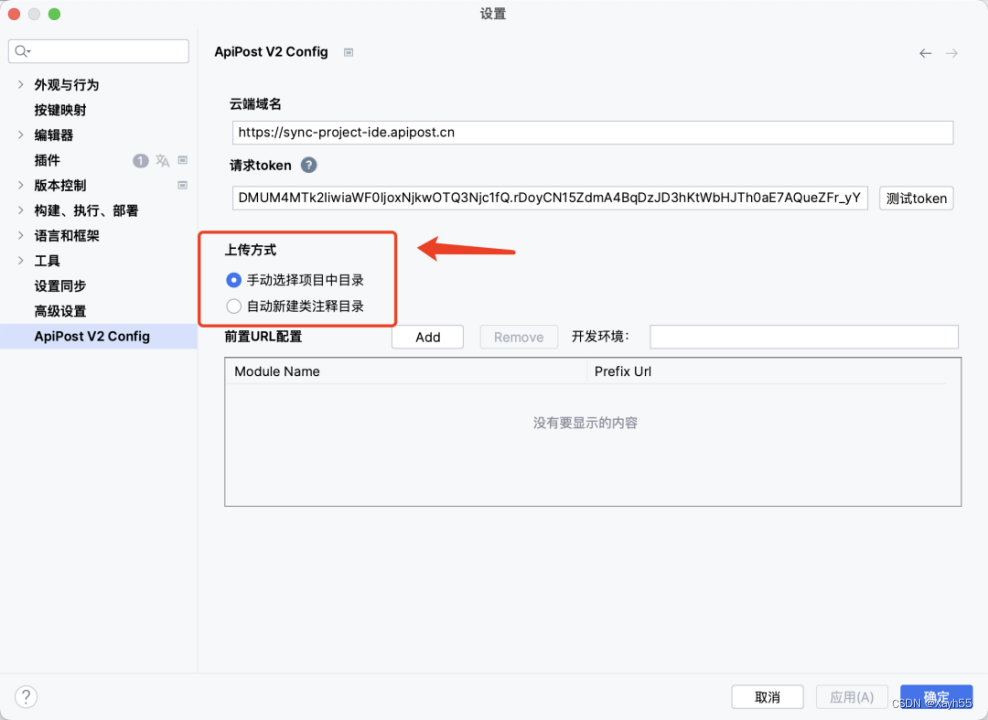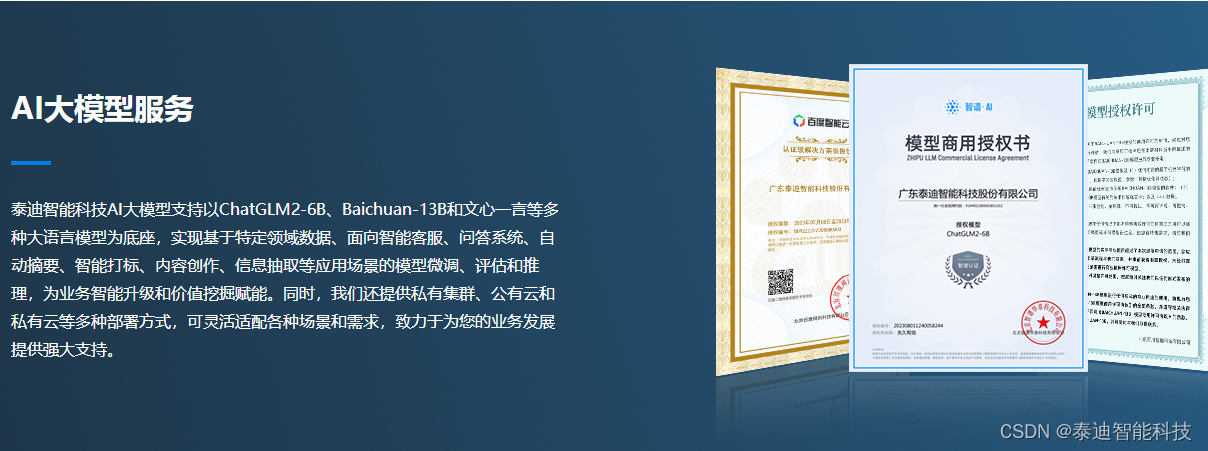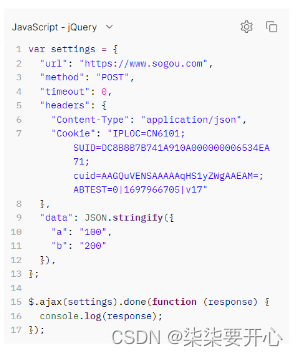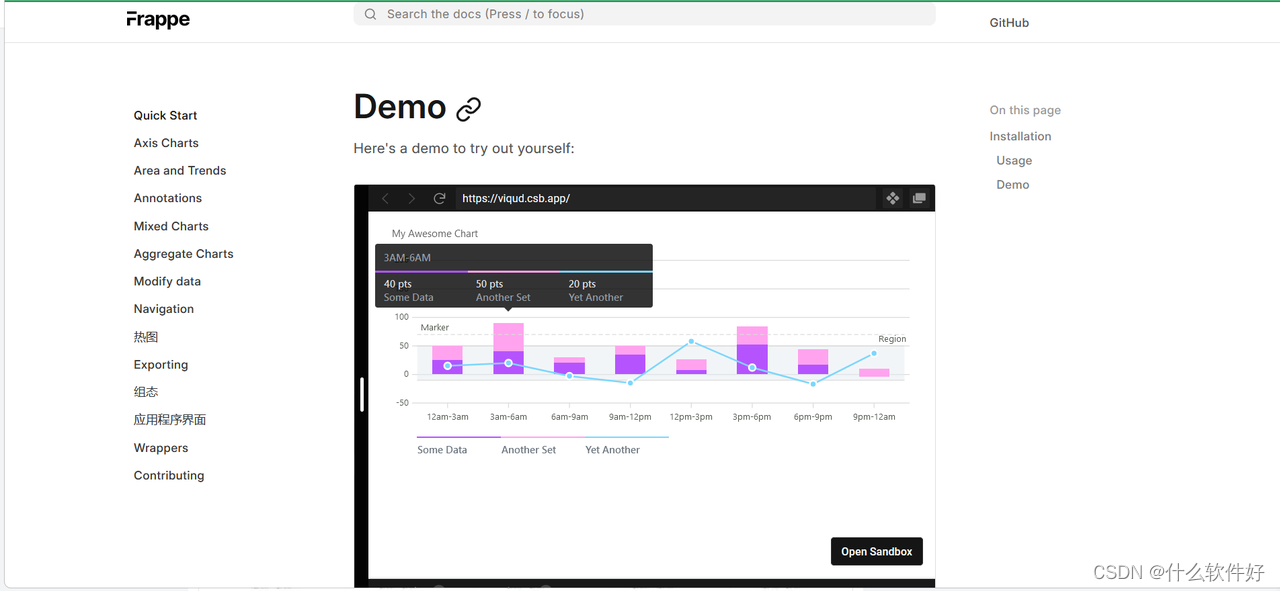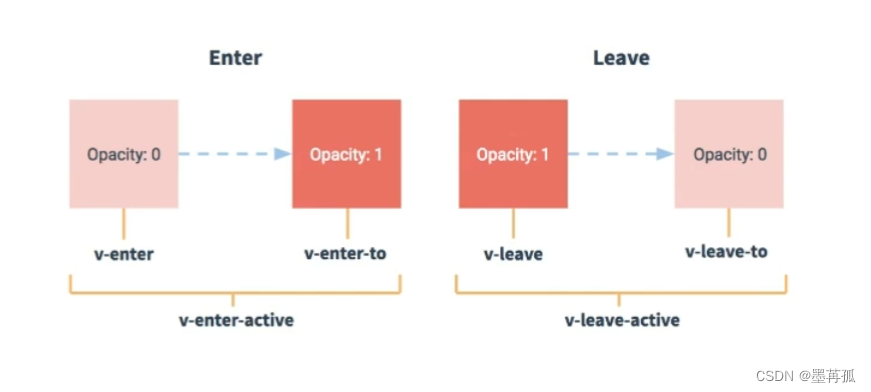uvm_sequencer 有一个内置机制,可以在sequencer上同时运行的sequence中进行仲裁。基于仲裁算法,sequencer将得到仲裁权的sequence的sequence_item发送到driver。

每个sequence发送的sequence_items也有自己的id来区别于其他sequence。
要设置特定的仲裁机制,请使用 set_ arbitration 函数,该函数在 uvm_sequencer_base 类中定义。
1. set_arbitration
它用于指定sequencer的仲裁模式或机制。
function void set_arbitration( UVM_SEQ_ARB_TYPE val )可以选择以下任意一种仲裁模式或算法。
例如:
<sequencer_name>.set_arbitration(UVM_SEQ_ARB_RANDOM);2. Arbitration algorithms in uvm_sequencer

3. get_arbitration
get_arbitration函数返回sequencer的当前仲裁模式或算法集。
function UVM_SEQ_ARB_TYPE get_arbitration()4. user_priority_arbitration
当使用 set_ arbitration 函数将仲裁模式设置为 UVM_SEQ_ARB_USER 时,定序器将调用 user_priority_ arbtion 函数。用户定义的sequencr可以重写 user_priority_ arbitration 方法来实现自定义的仲裁策略。
virtual function integer user_priority_arbitration(integer avail_sequences[$])5. Arbitration algorithms in uvm_sequencer examples
在以下示例中,sequence_item 使用 myseq 与driver通信。编写 base_test 是为了具有公共声明并创建一个对象(例如:env 类)。cfg_arb_mode 任务回调方法可用于派生测试来更新仲裁模式。定序器的每种仲裁模式都有一个单独的测试,要在 EDA 平台上执行,用户必须在运行选项中传递正确的测试名称 +UVM_TESTNAME = <test_name>。
class myseq extends uvm_sequence #(seq_item);
seq_item req;
`uvm_object_utils(myseq)
function new (string name = "myseq");
super.new(name);
endfunction
task body();
`uvm_info(get_type_name(), "Inside body task", UVM_LOW);
req = seq_item::type_id::create("req");
wait_for_grant();
assert(req.randomize());
send_request(req);
wait_for_item_done();
`uvm_info(get_type_name(), "Completed body task", UVM_LOW);
endtask
endclass